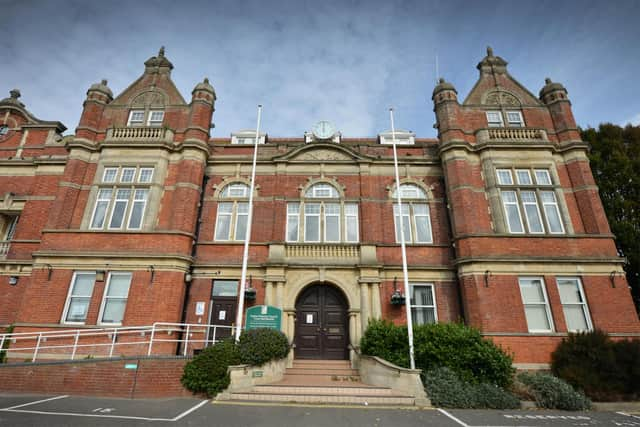Electoral reform to be debated by Rother councillors
and live on Freeview channel 276
On Wednesday (September 21), Rother District Council is due to discuss a motion, from Labour’s Christine Bayliss, which calls on the council to back the adoption of proportional representation for UK general elections.
If passed, the motion would see the council write to the government setting out its views.
Advertisement
Hide AdAdvertisement
Hide AdIn setting out her motion, Cllr Bayliss said: “In Europe, only the UK and authoritarian Belarus still use archaic single-round first past the post for general elections. Meanwhile, internationally, Proportional Representation (PR) is used to elect parliaments in more than 80 countries. Those countries tend to be more equal, freer and greener.


“PR ensures all votes count, have equal value, and those seats won match votes cast. Under PR, MPs and Parliaments better reflect the age, gender and protected characteristics of local communities and the nation.
“MPs better reflecting their communities leads to improved decision-making, wider participation and increased levels of ownership of decisions taken.”
Currently the UK operates an electoral system known as first past the post, in which the candidate who receives the largest number of votes wins an election. Under this system, a candidate does not need to achieve a majority to win.
Advertisement
Hide AdAdvertisement
Hide AdBroadly speaking, a proportional representation system — of which there are numerous different types — sees the final result of an election proportionately reflect the total vote. For example, a party which won 40 per cent of the total vote would win 40 per cent of the total available seats.
The UK last voted on electoral reform in 2011. In a referendum at the time, voters were asked whether first past the post should be replaced with a system known as alternative vote or (more commonly outside the UK) instant run-off voting.
Under that system, voters would be able to rank their candidates by preference, with their vote potentially being transferred to a second or third choice candidate should no one secure a majority. It was not a form of proportional representation.
On a turnout of 42.2 percent, 68 percent voted ‘No’ and 32 percent voted ‘Yes’.